Search Images
Browse Content (p. 1615)
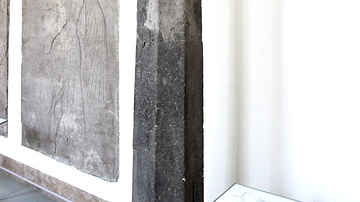
Image
Basalt Column from Ashur
A number of basalt columns and their fragments were uncovered during archaeological excavations at the "Row of Stelae" at the city of Ashur. These were brought to the city as part of an important booty. The cuneiform inscriptions on this...
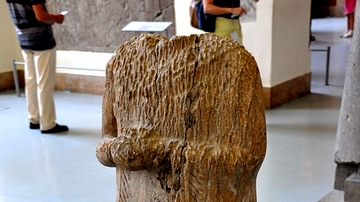
Image
Statue of a ruler of Ashur
This alabaster statue depicts a man who wears a fringed robe. It probably came from an Ishtar temple. The statue likely represents a local ruler of the city of Ashur; his name was Zariqum. This ruler was loyal to Amar-Sin, king of Ur. The...
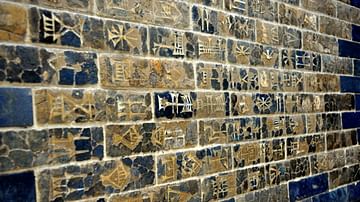
Image
Nebuchadnezzar's Inscription plaque
In this photo, part of the so-called the inscription plaque (or building inscription) of the Ishtar Gate appears. The cuneiform inscriptions of the whole text read: "I (Nebuchadnezzar) laid the foundation of the gates down to the ground...
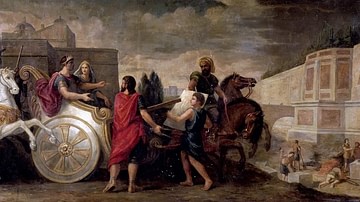
Image
Semiramis and Nebuchadnezzar Build the Gardens of Babylon
Nebuchadnezzar Ordering the Construction of the Hanging Gardens of Babylon to Please his Consort Amyitis (Nebuchadnezzar and Sémiramis) by Rene-Antoine Houasse, 1676 CE, Palace of Versailles.
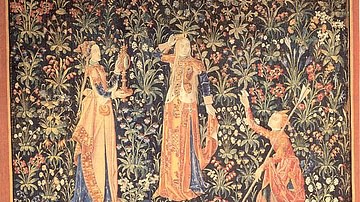
Image
Queen Semiramis with Servants
Flemish tapestry of Queen Semiramis and her servants, c. 1480 CE, now in the Honolulu Academy of Arts
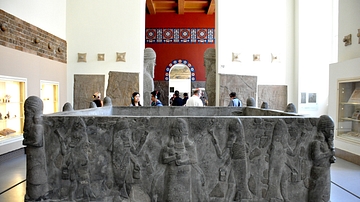
Image
Basalt basin for purification purposes from Ashur
When discovered, this water basin was completely shattered. It was cut originally from a single basalt block and was located in the courtyard of the temple of Ashur. At each corner and side of the basin's walls, there are water gods holding...
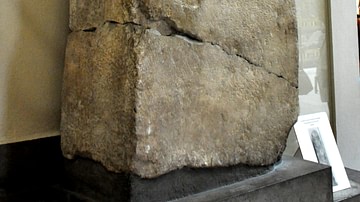
Image
Stela of Queen Sammu-Ramat
Stela of Queen Sammu-Ramat from Assur (Ashur), northern Mesopotamia, modern-day Iraq. Neo-Assyrian Empire, c. 809 BCE. The cuneiform inscriptions on the upper part of the stela say that Sammu-ramat (or Shammuramat) is the wife (and palace...
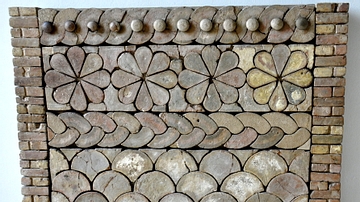
Image
Part of an altar from Tel Halaf
These enamelled bricks formed part of an altar at the forecourt of the temple palace of Guzana (or Gozan). From Tell Halaf (modern Al-Hasaka Governorate), northeastern Syria. Neo-Assyrian period, circa 800 BCE. (The Pergamon Museum, Berlin...
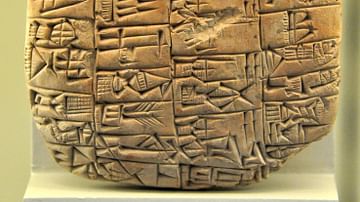
Image
Clay tablet from the Archaic Buildings of Ishtar Temple
This clay tablet lists the names of certain persons with their corresponding official designation. The Archaic buildings of the Ishtar Temple were in use from 2500-2000 BCE. From the Archaic temples (or buildings) of Ishtar at the city of...
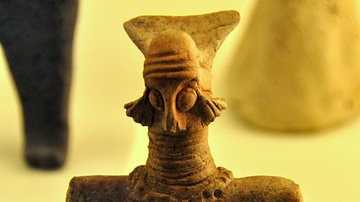
Image
Votive Statuette from the Archaic Buildings of the Ishtar Temple
Only the upper half of this small female terracotta statuette has survived. The woman wears a hat and a necklace and covers her naked breasts with her hands. The Archaic buildings of the Ishtar Temple were in use from 2500-2000 BCE. From...